Chordata

Grey Wolf
Canis lupus


7 POINTS
play: The grey wolf has a MOVE of 2
Fact: Wolves will eat 20 to 30 pounds of meat in a single meal after a successful hunt, but can also go up to 2 weeks without food.

Black Bear
Ursus americana

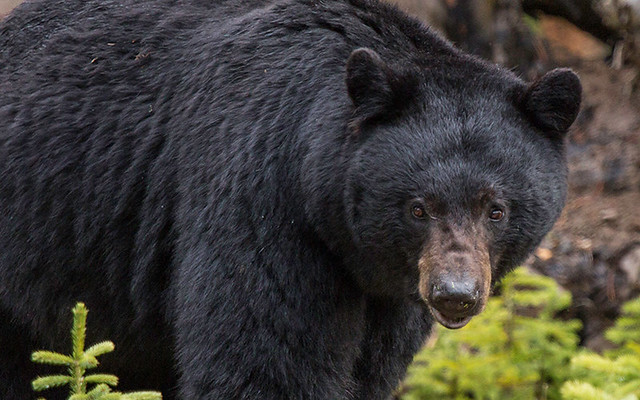
4 POINTS
Play: The black bear has a MOVE of 2
Fact: Black bears are omnivores. They help plants disperse their seeds by eating (and then pooping) lots of berries in late summer.

Canada Lynx
Lynx canadensis

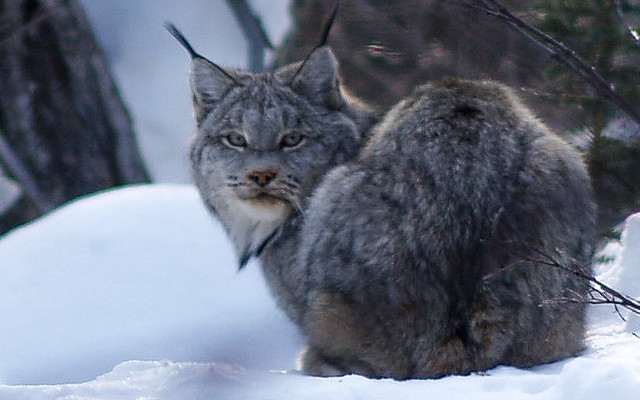
6 POINTS
Play: The canadian lynx has a MOVE of 2
Fact: Lynx population cycles are closely tied to their main prey-the snowshoe hare-peaking, then crashing sync, every 10 years.

Wood Bison
Bison bison athabascae

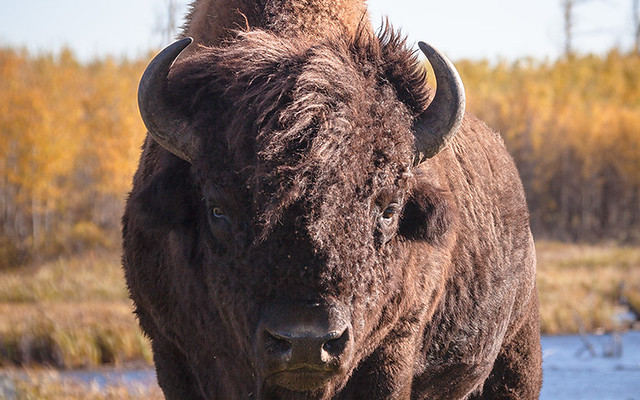
5 POINTS
Play: Species at Risk: no development events permitted. Has a MOVE of 2
Fact: Wood bison forage in meadows, but are named for traveling long distances through the forest on well-worn trails.

Woodland Caribou
Rangifer tarandus caribou

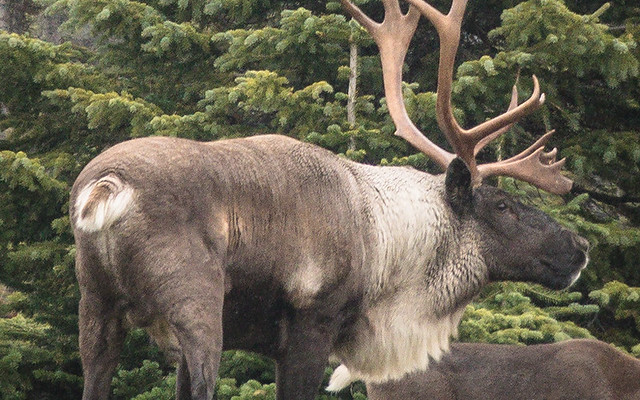
6 POINTS
Play: Species at risk: no development events. Only eats lichen. Has a MOVE of 2
Fact: Boreal woodland caribou are listed as Threatened because human disturbance to their habitat help predators find and kill them.

Moose
Alces alces

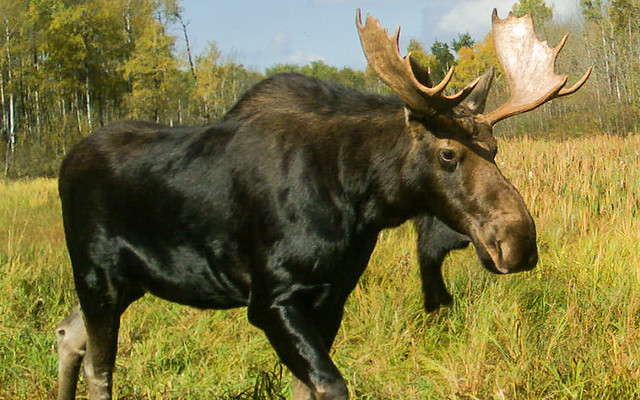
3 POINTS
Play: The moose has a MOVE of 2
Fact: When winter forage is good. such as after a forest fire, moose will birth twins. Otherwise, they have one calf a year.